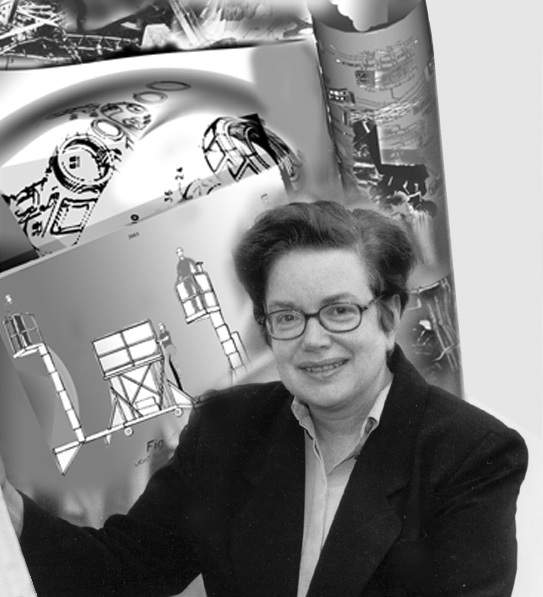
Art and the Biotech Industry: Adaptation and Innovation
Resistance and adaptation to change occur as we use art as a probe to test new capabilities in our environment. Responding to such technological innovations as human cloning, stem-cell research, individually-tailored medications, and genetically-modified foods, artists have begun to visualize some of the ramifications of biotechnology and the implementation of genomic innovations within the market place. Artists portray the financial incentives embedded in gene patenting (Larry Miller), in reproductive technologies (Critical Art Ensemble), in the use of technologies that may fundamentally alter the ecosystem (Critical Art Ensemble and Rupp), and in concerns about a rebirth of eugenics in light of genomic capabilities (Tran, T. Kim-Trang and Karl Mihail). Some contemporary artists focus on inventions that allow the adaptive ability of the ecosystem to provide energy and absorb waste (Mel Chin). Others highlight adaptive capabilities that can be provided by industry (Michael Joachim Grey) or visualize the evolutionary products of biotech industries that register patents to compete in this constantly changing economic landscape (Ellen Levy). In other words, what is at stake is the use (or misuse) of living organisms or their products to modify health, the environment, and existing socio-economic structures. This paper also shows how artists invent new conventions and modify old ones, revealing art itself as an adaptive process triggered by technological innovations.